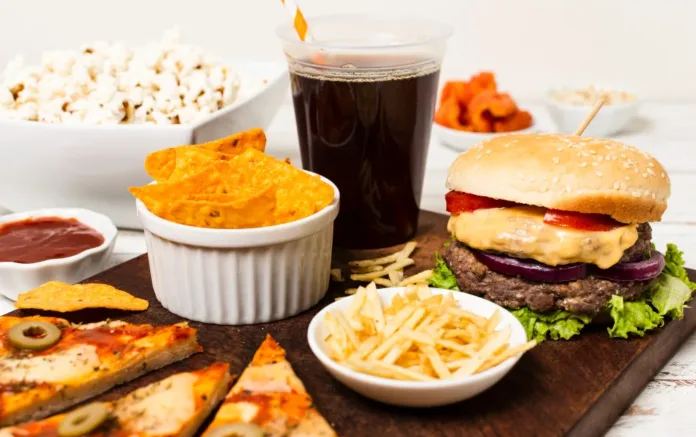Study links ultraprocessed food addiction to 1980s “diet” products engineered for mass appeal
A new US study has drawn a startling connection between the diet culture of the 1980s and today’s growing addiction to ultraprocessed foods.
Researchers found that one in five Generation X women and one in ten Gen X men show signs of being addicted to ultraprocessed foods – products high in engineered nutrients, sugar, salt, and artificial additives. These figures, experts warn, could be a troubling preview of what lies ahead for younger generations, who now consume even greater volumes of these foods.
The study points to a cultural and commercial shift four decades ago, when food companies aggressively marketed “diet” products to women. These products were often billed as low-fat or calorie-reduced but were packed with highly engineered ingredients designed to replace fat and sugar while keeping consumers hooked.
“This was a crucial moment in modern food history,” researchers noted. “The 1980s diet wave didn’t just change how people ate at the time – it primed an entire generation for dependency on engineered, ultraprocessed foods.”
The addictive cycle of ultraprocessed foods
Ultraprocessed foods now make up more than half of the average American diet. They are cheaper, more convenient, and widely available – but they are also strongly linked to obesity, heart disease, cancer, and premature death.
The study’s findings suggest that the addictive properties of these foods mirror those of drugs, triggering the brain’s reward systems in ways that encourage repeated consumption. Women of Generation X, who were teenagers and young adults during the height of diet culture, appear to have been particularly vulnerable.
Researchers also warn that millennials and Generation Z may face even higher risks. Both generations grew up surrounded not only by diet foods but also by the explosion of fast food, energy drinks, and heavily marketed snacks.
Embed from Getty ImagesThe ‘80s diet legacy
The 1980s marked an era when “fat-free” and “lite” products dominated supermarket shelves. But these foods often replace fat with sugar, artificial sweeteners, and additives. Instead of fostering health, they created a pattern of dependency.
“Those diet foods gave people the illusion of control,” the study explained. “In reality, they often fuelled overconsumption and distorted relationships with food.”
This trend intersected with a culture obsessed with slimness, particularly for women. Aggressive advertising campaigns reinforced the idea that managing weight was primarily a matter of consuming the “right” products – a message that has left long-lasting scars.
Why is intervention urgent?
The study argues that recognising critical periods in life when exposure to ultraprocessed foods is especially harmful could help shape prevention strategies. Adolescence, for example, may be a key window when interventions could break the cycle of addictive eating before it becomes entrenched.
Public health experts say the findings should prompt urgent action. “We cannot ignore that ultraprocessed foods are not neutral,” one researcher said. “They are engineered to drive overconsumption, and their widespread availability has created a hidden epidemic of dependency.”
The generational warning
For Generation X, the problem may already be deeply ingrained. But the warning is clear: if diet culture and processed food marketing in the ‘80s laid the groundwork for addiction, the even more intensive marketing of today could leave younger generations facing an unprecedented health crisis.
As ultraprocessed foods remain a dominant part of Western diets, researchers stress the need for education, tighter regulation of health claims, and better access to whole, unprocessed alternatives. Without this, they caution, the future may see addiction rates – and the chronic diseases tied to them – rise even higher.
